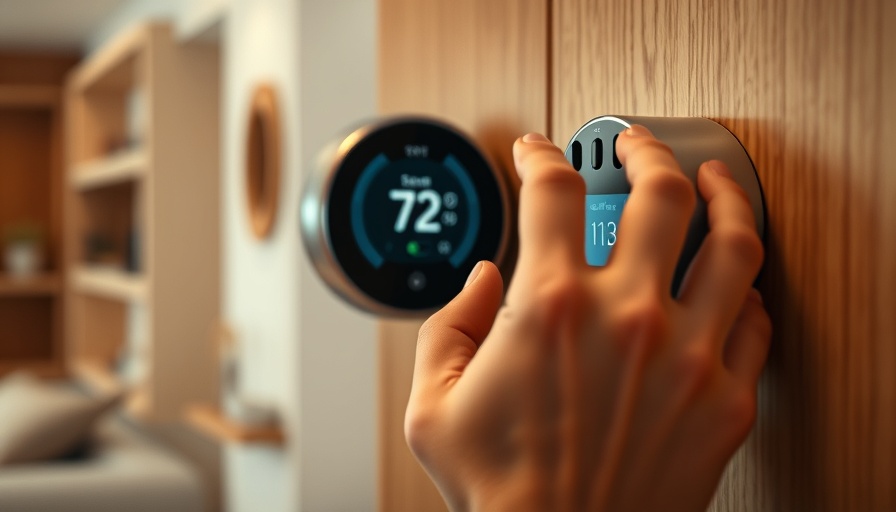
Transforming Attics: Is a Dormer Right for Your Bathroom?
When considering a home renovation, homeowners in Southeast Michigan often overlook the attic, a hidden treasure waiting to be unearthed. For those thinking about adding a bathroom to such underutilized space, the idea of adding a dormer quickly becomes appealing. This architectural feature can dramatically enhance an attic's usability while increasing its overall comfort and aesthetic appeal.
What Exactly is a Bathroom Dormer?
A bathroom dormer is simply an extension that protrudes from a sloped roof, providing additional vertical height in an attic. It's usually fitted with a window, which allows natural light and air to flow into what could otherwise be dark and claustrophobic spaces. This added light not only improves the bathroom experience but also reduces reliance on artificial lighting—an ideal solution in energy-conscious homes.
Benefits of Adding a Dormer to Your Attic Bathroom
The advantages of adding a dormer can’t be overstated. Here are some key benefits that are likely to resonate with homeowners:
- Increased Headroom: One of the most significant challenges of attic bathrooms is the sloped ceilings that can make installation of showers and vanities tricky. A dormer effectively raises the ceiling height, creating more usable space.
- Additional Natural Light: Dormers allow light to pour into the attic area, brightening up the bathroom and making it feel less enclosed.
- Better Ventilation: Bathrooms tend to get humid, and proper air flow is crucial for preventing moisture buildup. A dormer enhances air circulation, keeping the space fresh.
- Aesthetic Appeal: From charming cottages to modern homes, dormers can enhance the overall architectural style of a house.
Planning for Your Dormer Bathroom
Before diving headlong into a dormer addition, careful planning is essential. Here are some tips:
- Assess Structural Integrity: Not all attics are designed to bear the weight of additional features. Assessing floor joists is crucial before starting renovations.
- Understand Building Codes: As with any home improvement project, local building codes govern attic renovations. It’s advisable to consult professionals who can ensure that everything is done legally and safely.
- Budgeting: While adding a dormer can often be more cost-effective than a full addition to the house, it's essential to budget for unforeseen costs associated with installation.
Real-Life Inspiration: Transformative Attic Bathroom Designs
Many homeowners have taken advantage of dormers to create stunning and functional bathroom spaces in their attics. A popular design includes a sleek freestanding tub positioned beneath the dormer window. This allows for both a luxurious bathing experience and a beautiful view of the sky.
In another inspiring transformation, a small yet efficient half-bath with minimalist fixtures makes use of a dormer to create a cozy, intimate atmosphere. This type of design showcases how minimalism can maximize both space and style.
The Future of Your Attic
Considering the unique housing market in Southeast Michigan, transforming your attic with a dormer addition can be an astute investment. Not only does it create additional attractive living space for current needs—whether it’s for a guest suite or a luxurious spa-like retreat—but it also boosts property value significantly. Potential buyers in the future will be drawn to the unique features that a dormer bathroom can offer, making your home stand out.
Conclusion: Time to Take the Leap!
If the idea of adding a bathroom to your attic, complete with a functional and stylish dormer, has your imagination running wild, don’t hesitate! Engaging with professionals will ensure that your vision becomes a reality. Contact your local home improvement specialists who can guide you through the process and help you bring that dream space into existence.
With proper planning and creativity, a dormer bathroom can transform not just your attic but your entire home. Imagine stepping into a beautifully lit, airy bathroom that offers all the comforts of modern design!
 Add Row
Add Row  Add
Add 




Write A Comment